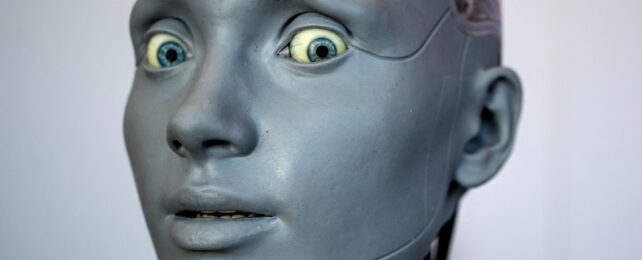The increasing futility of gun control in a 3D printing world
“You can’t stop the signal”
Inexpensive Add-on Spawns a New Era of Machine Guns
Caison Robinson, 14, had just met up with a younger neighbor on their quiet street after finishing his chores when a gunman in a white car rolled up and fired a torrent of bullets in an instant.
“Mom, I’ve been shot!” he recalled crying, as his mother bolted barefoot out of their house in northwest Las Vegas. “I didn’t think I was going to make it, for how much blood was under me,” Caison said.
The Las Vegas police say the shooting in May was carried out with a pistol rigged with a small and illegal device known as a switch. Switches can transform semiautomatic handguns, which typically require a trigger pull for each shot, into fully automatic machine guns that fire dozens of bullets with one tug.
By the time the assailant in Las Vegas sped away, Caison, a soft-spoken teenager who loves video games, lay on the pavement with five gunshot wounds. His friend, a 12-year-old girl, was struck once in the leg.
These makeshift machine guns — able to inflict indiscriminate carnage in seconds — are helping fuel the national epidemic of gun violence, making shootings increasingly lethal, creating added risks for bystanders and leaving survivors more grievously wounded, according to law enforcement authorities and medical workers.
The growing use of switches, which are also known as auto sears, is evident in real-time audio tracking of gunshots around the country, data shows. Audio sensors monitored by a public safety technology company, Sound Thinking, recorded 75,544 rounds of suspected automatic gunfire in 2022 in portions of 127 cities covered by its microphones, according to data compiled at the request of The New York Times. That was a 49 percent increase from the year before.
“This is almost like the gun version of the fentanyl crisis,” Mayor Quinton Lucas of Kansas City, Mo., said in an interview.
Mr. Lucas, a Democrat, said he believes that the rising popularity of switches, especially among young people, is a major reason fewer gun violence victims are surviving in his city.
Homicides in Kansas City are approaching record highs this year, even as the number of nonfatal shootings in the city has decreased.
Switches come in various forms, but most are small Lego-like plastic blocks, about an inch square, that can be easily manufactured on a 3-D printer and go for around $200.
Law enforcement officials say the devices are turning up with greater frequency at crime scenes, often wielded by teens who have come to see them as a status symbol that provides a competitive advantage. The proliferation of switches also has coincided with broader accessibility of so-called ghost guns, untraceable firearms that can be made with components purchased online or made with 3-D printers.
“The gang wars and street fighting that used to be with knives, and then pistols, is now to a great extent being waged with automatic weapons,” said Andrew M. Luger, the U.S. attorney for Minnesota.
Switches have become a major priority for federal law enforcement officials. But investigators say they face formidable obstacles, including the sheer number in circulation and the ease with which they can be produced and installed at home, using readily available instruction videos on the internet. Many are sold and owned by people younger than 18, who generally face more lenient treatment in the courts.






